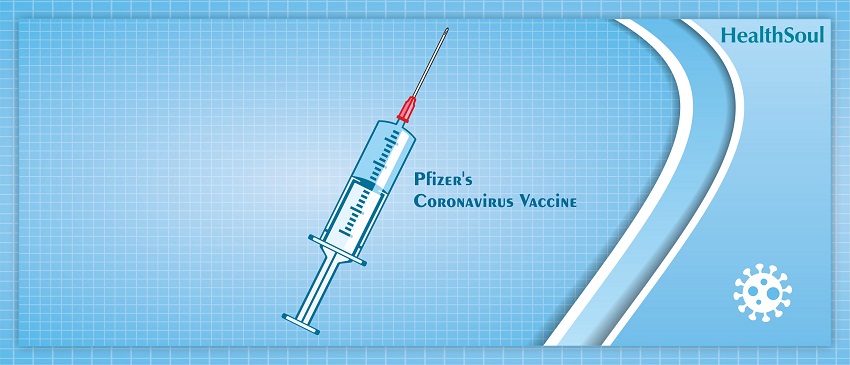95% Effective Coronavirus Vaccine

Is Pfizer’s vaccine the light at the end of the tunnel?
With the close of 2020 on the horizon, we could all use some good news. Pfizer seems to agree and has recently announced the results of their Phase 3 coronavirus vaccine trial analysis. According to the company, the outcomes are more positive than anyone could have assumed so early in development.
Thanks to Operation Warp Speed, the Trump administration’s plan to bring unprecedented money and support to researchers in an attempt to create a vaccine at breakneck speed for the coronavirus, Pfizer and other institutions have made tremendous progress in a short time.

The Trial
Phase 3 of Pfizer’s coronavirus vaccine trial enrolled 43,661 volunteers. Of these volunteers, 41,135 received a second down of either a placebo or the vaccine. After receiving the second dose, volunteers were tracked for safety for approximately two months to ensure there were no unforeseen consequences of the vaccine.
The pool of volunteers was intentionally diverse, with a large percentage of the participants—both in the U.S. and globally—coming from ethnically and racially diverse backgrounds. The same is true of age, where over 40% of volunteers were in the age group between 56 and 85 years old.

The Results
Aside from the 95% infection prevention rate, even among older individuals, no serious safety concerns were observed. In fact, of the 170 cases of coronavirus infection observed in the volunteers, 162 of the cases were in individuals who received the placebo, not the vaccine.
Better still, the efficacy of the vaccine proved to be consistent across all demographics, including age, ethnicity, and race. Even in individuals over the age of 65—typically a more at-risk population—efficacy was over 94%.
As far as severe adverse effects go, the only one observed at a rate of over 2% was fatigue, which was observed in 3.7% of individuals following the second dosage. Older adults experienced fewer adverse events, and when they did experience a negative side effect, they tended to be quite mild.

What Happens Next?
Monitoring groups will continue to keep an eye on the potential long-term effects of Pfizer’s vaccine, but for now, it is full speed ahead. Pfizer expects to produce approximately 50 million doses of the vaccine by the end of 2020, and another 1.3 billion doses the following year.
Pfizer plans to seek emergency use authorization from the US Food and Drug Administration in order to quickly produce and distribute its new vaccine. If approved, this mobilization would allow the vaccine to become available to the public at an incredible pace.
Aside from the brief testing period, there is one hurdle to overcome. Pfizer’s coronavirus vaccine is quite fragile and must be kept at minus 103 degrees Fahrenheit (minus 75 degrees Celsius). In other words, standard freezers cannot preserve the vaccine. The custom packaging being used by Pfizer aims to negate this downside, including during transit.


